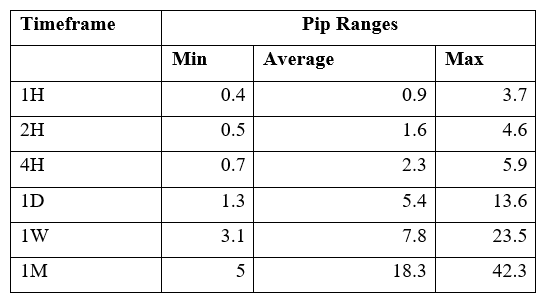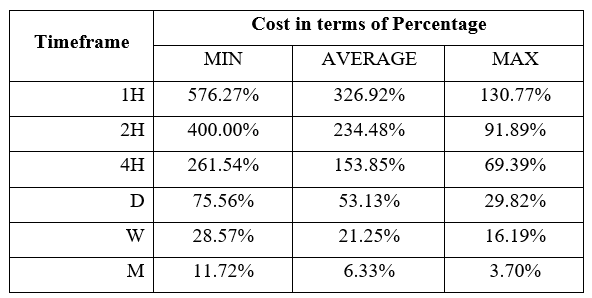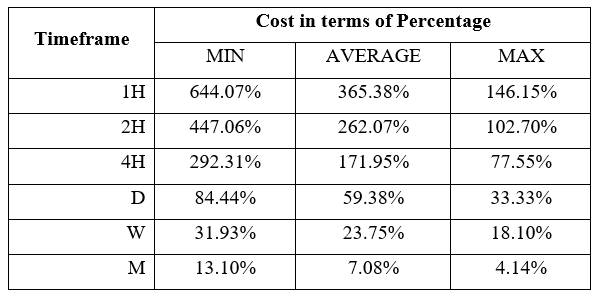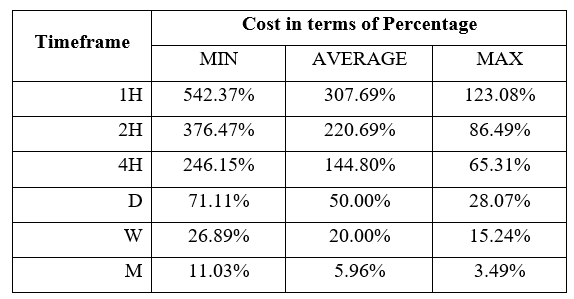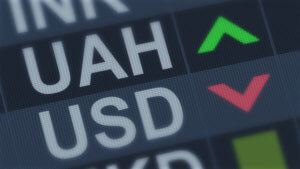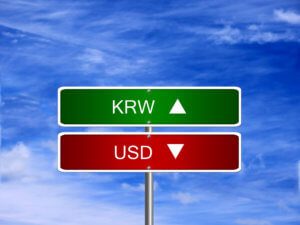Introduction
CAD/BRL is an exotic currency pair. CAD is the Canadian Dollar, and the BRL is Brazilian Real– the official currency of Brazil. For this pair, the CAD is the base currency and BRL the quote currency. Therefore, the exchange rate for the CAD/BRL pair represents the amount of BRL that can be bought by 1 CAD. Let’s say the exchange rate for the pair is 4.1564; this means that 1 CAD buys 4.1564 BRL.
CAD/BRL Specification
Spread
When trading a currency pair, the spread is the difference in the price at which you can buy the pair and that which you can sell. Forex brokers earn their revenues using spread from traders.
The spread for the CAD/BRL pair is:
ECN: 31 pips | STP: 36 pips
Fees
Another way for forex brokers to earn revenues is by charging a commission for every trade made. The fee charged depends on the broker. STP accounts usually do not have a trading fee charged.
Slippage
When initiating a trade, you instruct your broker to execute the trade at a particular price. Slippage in forex is the difference between the price you instruct the broker and the price the broker executes your trade. The primary causes of slippage are prevailing volatility and your broker’s efficiency.
Trading Range in the CAD/BRL Pair
In forex, the price of currency constantly fluctuates across different timeframes. Trading range in forex helps to analyze the market volatility for a currency pair across different timeframes. The volatility for a currency pair can help a trader estimate the amount of profit or loss that is to be expected when trading in different timeframes.
Let’s say, for example, that for the 4-hour timeframe, the volatility of CAD/BRL pair is 10 pips. A trader can expect to either gain or lose $24 by trading a standard lot of the CAD/BRL pair.
The table below shows the trading range for CAD/BRL.
The Procedure to assess Pip Ranges
- Add the ATR indicator to your chart
- Set the period to 1
- Add a 200-period SMA to this indicator
- Shrink the chart so you can determine a larger period
- Select your desired timeframe
- Measure the floor level and set this value as the min
- Measure the level of the 200-period SMA and set this as the average
- Measure the peak levels and set this as Max.
CAD/BRL Cost as a percentage of the Trading Range
Expressing trading costs as a percentage of the trading range can help traders determine the difference in the trading costs across various timeframes. It is worth noting that these costs are calculated as Percentage of pips in the different timeframes.
Total cost = Slippage + Spread + Trading Fee
The tables below show the percentage costs to be expected when trading the CAD/BRL pair.
ECN Model Account
Spread = 31 | Slippage = 2 | Trading fee = 1
Total cost = 34
STP Model Account
Spread = 36 | Slippage = 2 | Trading fee = 0
Total cost = 38
The Ideal Timeframe to Trade CAD/BRL
From the above cost analysis, we can observe that shorter timeframes when volatility is lower, have higher trading costs. The highest trading costs for both the ECN and the STP accounts are during the 1-hour timeframe, which coincides with the least volatility of 0.4 pips. The least trading costs for either account is at the 1-month timeframe coinciding with the highest volatility of 42.3 pips.
You can also notice that the trading costs reduce as the volatility increases across timeframes. For shorter-term traders, opening CAD/BRL trades when volatility is above average can help reduce trading costs.
Another method which forex traders can implement to reduce trading costs is by using limit orders instead of forex market orders. Forex limit orders eliminate the costs associated with slippage. Here’s how it works.
ECN Account Using Limit Model Account
Total cost = Slippage + Spread + Trading fee
= 0 + 31 + 1 = 32
You can notice that trading costs have marginally reduced. The highest trading cost has reduced from 576.27% to 542.37%.




